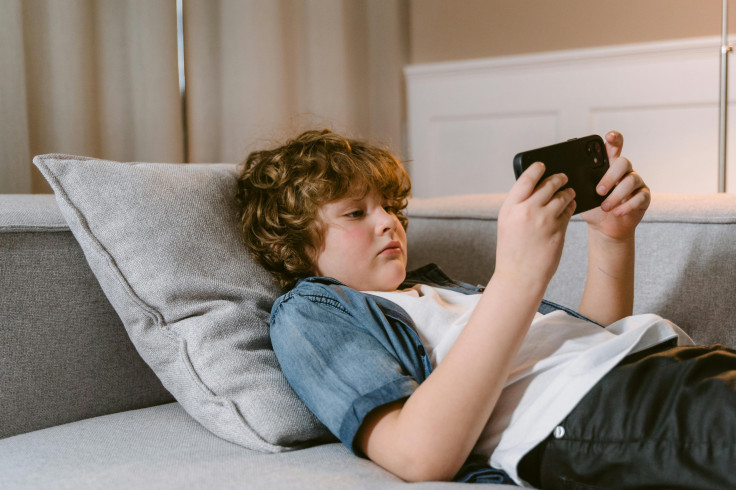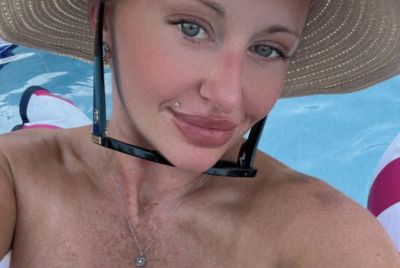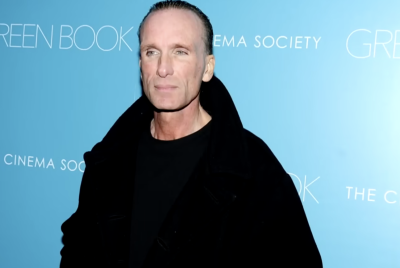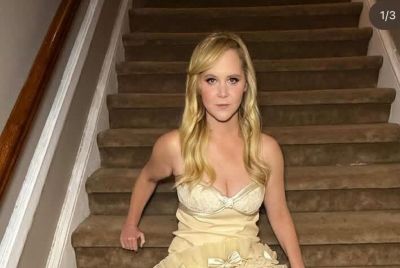'We Are Not Social Media': YouTube Responds To Australia Banning The Platform For Youth Under 16
Communications Minister Anika Wells emphasised protecting children from 'predatory algorithms.'

In a bold move that sparked global debate, Australia enacted a ban prohibiting children under 16 from accessing social media platforms. However, YouTube has resisted the move, saying the platform is not 'social media'.
Now, Australia is expanding its landmark online safety legislation by prohibiting YouTube accounts for children under the age of 16. This move aims to protect young people from the potential harms of online content. 'Young people under the age of 16 will not be able to have accounts on YouTube,' Prime Minister Anthony Albanese declared on Wednesday.
It is worth noting that YouTube was initially granted an exemption, partly due to its widespread use by teachers. Australia led the way last year as the first nation to propose a social media ban for teenagers.
While the government specifically mentioned some platforms in its announcement, the rule doesn't name every service affected. Instead, it outlines criteria for platforms that might be excluded from the ban. Services that are covered, such as Meta's Facebook, Instagram, Snapchat, and TikTok, have already voiced their opposition to the proposed restriction.
Australia's YouTube Ban: The Reversal
Australia has reversed its earlier decision to exempt YouTube from the social media ban for those under 16. This policy change follows the country's internet regulator presenting findings from a survey. The survey revealed that 37% of minors reported encountering harmful content on YouTube, which was the highest percentage among all platforms surveyed.
Australia said that the government will include YouTube in its world-first ban on social media for teenagers reversing an earlier exemption and could prompt a legal challenge. More here https://t.co/BFeC5BZurP pic.twitter.com/cwJtBHMKzI
— Reuters Business (@ReutersBiz) July 30, 2025
This evidence led the government to conclude that YouTube, despite its previous exemption due to its educational uses, poses similar risks to other social media platforms in terms of exposing young people to harmful content. Prime Minister Anthony Albanese emphasised the government's commitment to protecting Australian children from the negative impacts of online platforms, per SBS News.
'We want children to develop their sense of self before platforms try to define them,' stated Communications Minister Anika Wells. She further added, 'There's a place for social media, but there's not a place for predatory algorithms targeting children.'
YouTube's Counter-Argument
A YouTube spokesperson issued a statement asserting that the platform is fundamentally 'not social media.' The statement noted, 'We share the government's goal of addressing and reducing online harms. Our position remains clear: YouTube is a video-sharing platform with a library of free, high-quality content, increasingly viewed on TV screens. It's not social media.'
Google have threatened to sue to the Government if YouTube is included in the under-16 social media ban.#socialmedia #google #government #debate #7NEWS pic.twitter.com/alaUhs8JZ9
— 7NEWS Australia (@7NewsAustralia) July 26, 2025
'The government's announcement today reverses a clear, public commitment to exclude YouTube from this ban. We will consider next steps and will continue to engage with the government.'
Wednesday's decision could also mark the beginning of another disagreement with Alphabet. In 2021, the company previously threatened to withdraw some Google services from Australia. This was in response to a law that aimed to compel it to compensate news organisations for their content appearing in search results.
Australia's Teen Social Media Ban Explained
In November 2024, the Albanese government introduced a bill to prohibit children under 16 from accessing social media. This law is scheduled to begin on 10 December 2025. 'Part 4A of the Online Safety Act 2021 introduces an obligation on age-restricted social media platforms to prevent children under 16 years from having accounts on their services by December 2025,' the eSafety Commissioner noted.
Social media companies could face fines of up to 49.5 million Australian dollars (£24.08 million) if they fail to enforce these restrictions.
'Social media has a social responsibility and there is no doubt that online platforms are negatively impacting Australian kids, so I'm calling time on it,' Albanese said on Wednesday. 'I want Australian parents to know that we have their backs.'
© Copyright IBTimes 2025. All rights reserved.






















